Platelets
Platelets, also known as thrombocytes, are small, colorless cell fragments found in the blood. They are produced in the bone marrow and play a crucial role in blood clotting and wound healing.
Structure of Platelets
Platelets are tiny, irregularly shaped cells with a diameter of 2-3 µm. They lack a nucleus and are formed from the fragmentation of precursor cells called megakaryocytes.
Function of Platelets
Platelets serve several important functions in the body:
- Blood Clotting: When a blood vessel is damaged, platelets adhere to the site of injury and release chemical signals to attract more platelets. They then form a plug to stop the bleeding.
- Wound Healing: Platelets release growth factors that help in the regeneration of tissues and blood vessels at the site of injury.
- Immune Response: Platelets can also release proteins that help in fighting infections.
Disorders Related to Platelets
Abnormalities in platelet count or function can lead to various disorders, including:
- Thrombocytopenia: A condition characterized by a low platelet count, which can result in excessive bleeding and bruising.
- Thrombocythemia: An abnormal increase in the number of platelets, which can lead to blood clots and related complications.
- Platelet Function Disorders: Conditions where the platelets do not function properly, leading to bleeding disorders.
Study Guide
When studying platelets, it's important to focus on the following key points:
- Structure and origin of platelets
- Functions of platelets in blood clotting and wound healing
- Role of platelets in the immune response
- Common disorders related to platelets and their impact on health
Understanding the role of platelets in maintaining hemostasis and their contribution to the healing process is crucial for a comprehensive understanding of the body's physiological mechanisms.
.◂Science Worksheets and Study Guides Seventh Grade. Cell Processes

 Activity Lesson
Activity Lesson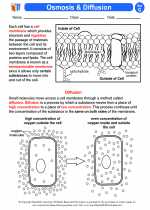
 Worksheet/Answer key
Worksheet/Answer key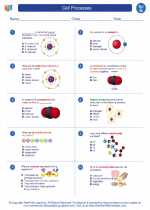
 Worksheet/Answer key
Worksheet/Answer key
 Worksheet/Answer key
Worksheet/Answer key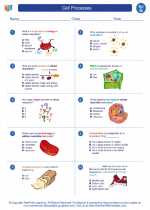
 Worksheet/Answer key
Worksheet/Answer key
 Vocabulary/Answer key
Vocabulary/Answer key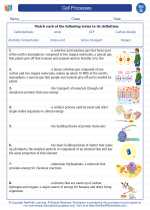
 Vocabulary/Answer key
Vocabulary/Answer key
 Vocabulary/Answer key
Vocabulary/Answer key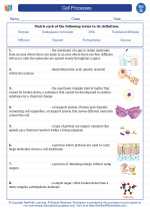
 Vocabulary/Answer key
Vocabulary/Answer key
 Vocabulary/Answer key
Vocabulary/Answer key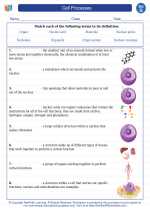
 Vocabulary/Answer key
Vocabulary/Answer key
 Vocabulary/Answer key
Vocabulary/Answer key
